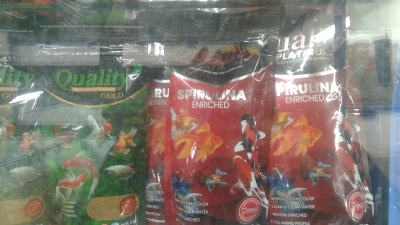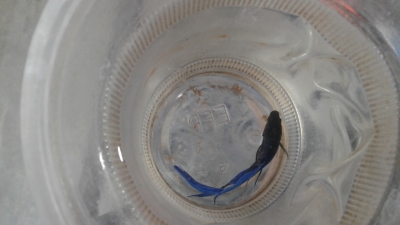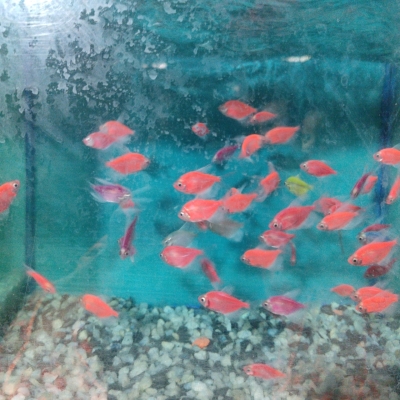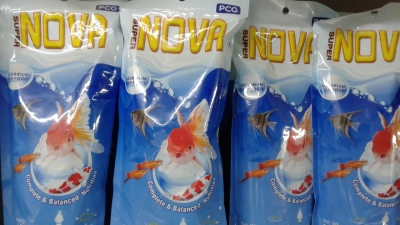Rohu fish, scientifically known as Labeo rohita, thrive in the river systems of South Asia. These natural habitats are crucial for the species' growth and sustainability, as well as for the aquaculture practices that support local economies and culinary traditions.
Characteristics of Rohu Fish
- Scientific Name: Labeo rohita
- Family: Cyprinidae
- Common Names: Rohu, Rui, Ruee
- Appearance: Rohu features a robust body with a prominent head and a slightly arched back. Its scales are large and silver, with a reddish tint on the fins.
Natural Habitat
- River Systems: Rohu is native to the Ganges, Brahmaputra, and Indus river basins, thriving in the flowing waters and associated freshwater bodies like ponds, lakes, and tanks.
- Environmental Conditions: These river systems provide the ideal environment for Rohu, with abundant food sources and suitable spawning grounds.
Importance in Cuisine
- Popularity: Rohu is a beloved staple in South Asian cuisine, known for its tender, white flesh.
- Cooking Methods: It can be prepared in numerous ways, such as frying, grilling, baking, and in curries. Popular dishes include Rohu curry, fried Rohu, and Rohu fish biryani.
- Nutritional Benefits: Rohu is rich in protein, omega-3 fatty acids, vitamins, and minerals, making it a nutritious choice.
Aquaculture Practices
- Farming Techniques: Due to its high demand, Rohu is extensively farmed in aquaculture settings. It is often raised in polyculture systems alongside other carp species like Catla and Mrigal.
- Growth Rate: Rohu grows quickly, reaching market size within a year under optimal conditions.
Cultural and Economic Significance
- Culinary Role: Rohu is a key component of South Asian culinary traditions, featured in meals during festivals, special occasions, and daily dining.
- Cultural Importance: In many regions, Rohu holds cultural and religious significance, highlighting its role beyond just a food source.
Sustainable Management
- Conservation Efforts: Sustainable aquaculture and responsible fishing practices are essential to maintaining Rohu populations. Efforts are focused on ensuring the species' availability for future generations through eco-friendly practices and habitat conservation.
The river systems of South Asia not only provide a natural habitat for Rohu fish but also support aquaculture practices that are vital to the region's culinary and cultural heritage. Sustainable management of these river systems ensures that Rohu continues to be a nutritious and beloved part of the diet in South Asia.



















